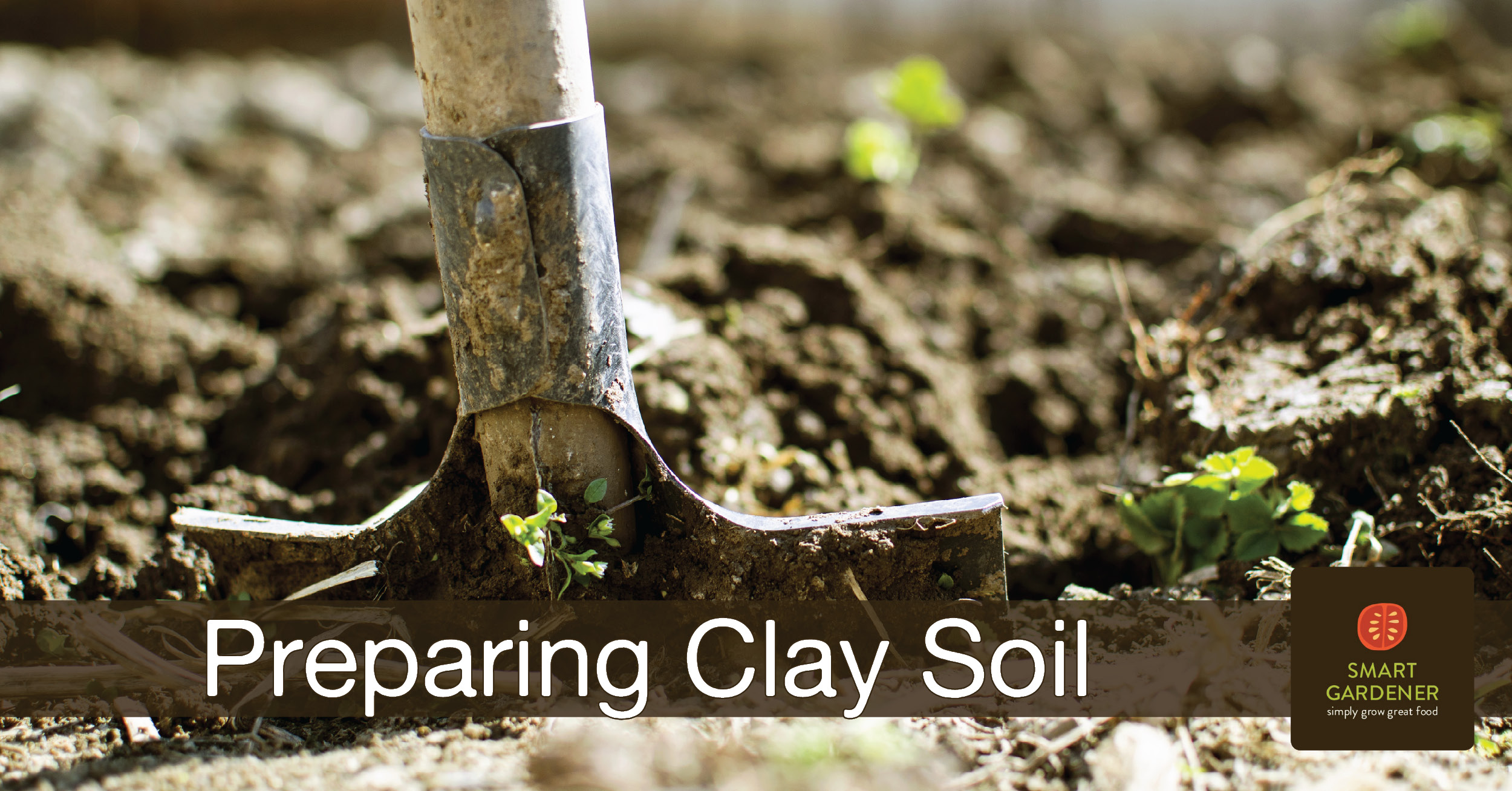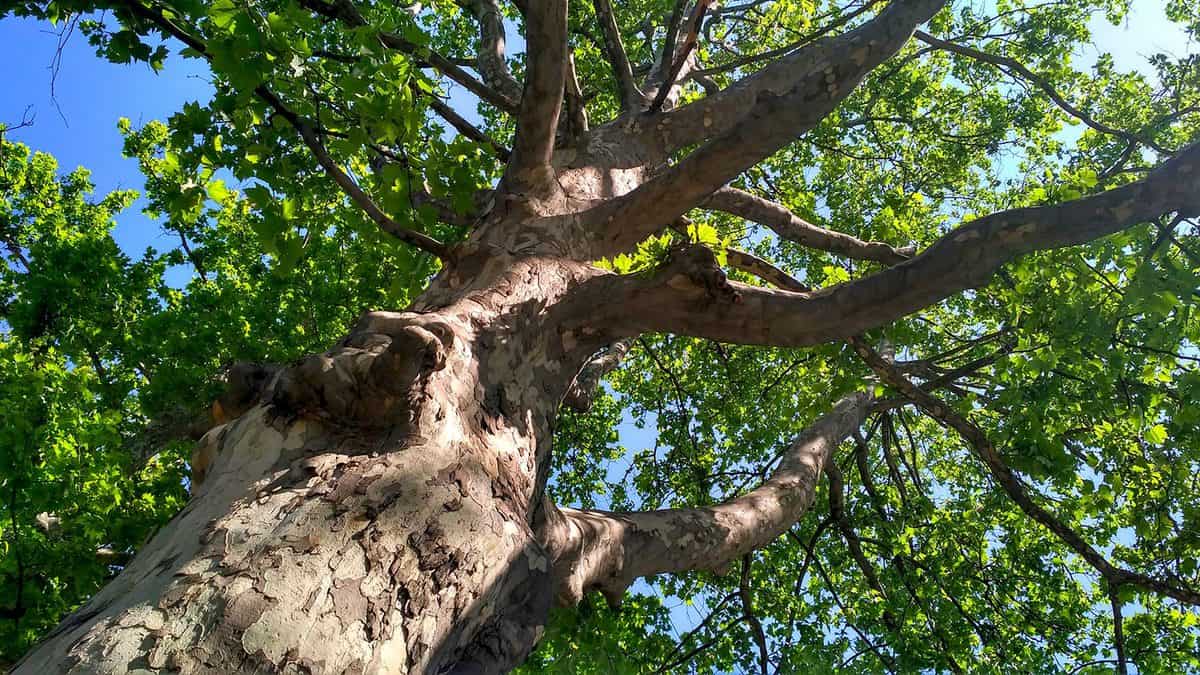Understanding the Unique Demands of Wet Clay Soil
Wet clay soil is a challenging environment for trees, characterized by its waterlogged nature, poor drainage, and potential for root rot. This soil type can be particularly hostile to tree growth, as the high water table and slow drainage can lead to oxygen deprivation, causing roots to rot and trees to struggle. The dense, heavy clay can also impede root growth, making it difficult for trees to establish a strong foundation.
Despite these challenges, many tree species have adapted to thrive in wet clay soil. However, it’s essential to select tree species that are tolerant of these conditions to ensure their survival and success. Trees for wet clay soil must be able to withstand the unique demands of this soil type, including its waterlogged nature and poor drainage. By understanding the characteristics of wet clay soil and the challenges it poses, homeowners and landscapers can make informed decisions when selecting trees for their property.
How to Select Trees That Will Flourish in Wet Clay Soil
When it comes to selecting trees for wet clay soil, it’s essential to choose species that are tolerant of these challenging conditions. Several factors should be considered, including soil pH, moisture levels, and tree size. Trees that thrive in wet clay soil typically have adaptations such as shallow root systems, flexible branches, and water-tolerant roots.
Some tree species are naturally more suited to wet clay soil than others. Willows and poplars, for example, are well-known for their ability to tolerate wet conditions and can thrive in wet clay soil. Other species, such as silver maple and black gum, are also well-suited to these conditions. When selecting trees for wet clay soil, it’s crucial to consider the specific needs of the species and ensure that they are compatible with the local climate and soil conditions.
In addition to selecting the right tree species, it’s also important to consider the size of the tree. Larger trees may require more maintenance and care, while smaller trees may be more suitable for smaller spaces. By carefully considering these factors, homeowners and landscapers can choose trees that will flourish in wet clay soil and provide beauty, shade, and ecosystem benefits for years to come.
The Importance of Proper Planting and Care
Proper planting and care are critical to the success of trees in wet clay soil. When trees are planted in wet clay soil, they require special attention to ensure they establish a strong root system and thrive. Soil preparation is essential, as it helps to improve drainage and aeration, reducing the risk of root rot and other problems.
When planting trees in wet clay soil, it’s essential to plant them at the correct depth. Planting too deeply can lead to root rot, while planting too shallowly can cause the roots to dry out. The ideal planting depth will depend on the specific tree species and soil conditions. It’s also important to mulch around the base of the tree to retain moisture, suppress weeds, and regulate soil temperature.
Watering is another critical aspect of tree care in wet clay soil. Trees in these conditions require consistent moisture, but overwatering can be detrimental. It’s essential to monitor soil moisture levels and adjust watering schedules accordingly. Additionally, regular fertilization can help to promote healthy growth and development, but it’s important to choose fertilizers that are specifically formulated for trees in wet clay soil.
By following these guidelines and providing proper care, trees in wet clay soil can thrive and provide numerous benefits, including shade, beauty, and ecosystem support. Remember, trees for wet clay soil require special attention, but with the right care, they can flourish and become a valuable asset to any landscape.
Trees for Wet Clay Soil: Top Picks for Different Regions
When it comes to selecting trees for wet clay soil, it’s essential to consider the specific region and climate. Different regions have unique tree species that are well-suited to the local conditions. Here are some top picks for trees for wet clay soil in different regions:
In the Northeast, trees such as the black ash and silver maple thrive in wet clay soil. These native species are adapted to the region’s cool, moist climate and can tolerate the poor drainage and waterlogged conditions.
In the Midwest, trees like the swamp white oak and bur oak are ideal for wet clay soil. These species are native to the region and have evolved to tolerate the heavy clay soils and periodic flooding.
In the South, trees such as the bald cypress and tupelo are well-suited to wet clay soil. These species are adapted to the region’s warm, humid climate and can thrive in the wet, poorly drained conditions.
On the West Coast, trees like the red alder and black cottonwood are top picks for wet clay soil. These native species are adapted to the region’s mild, wet climate and can tolerate the poor drainage and waterlogged conditions.
By selecting tree species that are native to the region and adapted to the local conditions, homeowners and landscapers can create a thriving landscape in wet clay soil. Remember, trees for wet clay soil require special attention, but with the right selection and care, they can provide beauty, shade, and ecosystem benefits for years to come.
Native Trees for Wet Clay Soil: Preserving Biodiversity and Ecosystems
When it comes to selecting trees for wet clay soil, native species are an excellent choice. Not only do they thrive in these conditions, but they also play a critical role in preserving local biodiversity and ecosystems. Native trees have evolved over time to adapt to the specific climate, soil, and environmental conditions of their region, making them well-suited to the challenges of wet clay soil.
One of the primary benefits of planting native trees in wet clay soil is their ability to support native wildlife. Native trees provide food, shelter, and habitat for a variety of species, from birds and insects to small mammals and reptiles. By planting native trees, homeowners and landscapers can help preserve the delicate balance of local ecosystems and support the rich biodiversity of their region.
Native trees also require less maintenance than non-native species, as they are naturally adapted to the local climate and soil conditions. This means they are less susceptible to pests, diseases, and nutrient deficiencies, reducing the need for fertilizers, pesticides, and other chemicals. Additionally, native trees tend to grow more slowly and steadily, reducing the need for frequent pruning and maintenance.
Some examples of native trees that thrive in wet clay soil include the black ash in the Northeast, the swamp white oak in the Midwest, and the bald cypress in the South. These species are well-suited to the unique challenges of wet clay soil and can provide beauty, shade, and ecosystem benefits for years to come. By choosing native trees for wet clay soil, homeowners and landscapers can create a thriving landscape that supports local biodiversity and ecosystems.
Ornamental Trees for Wet Clay Soil: Adding Beauty and Interest
While functionality is essential when selecting trees for wet clay soil, aesthetics should not be overlooked. Ornamental trees can add beauty, interest, and charm to a landscape, making them an excellent choice for homeowners and landscapers. When it comes to ornamental trees for wet clay soil, there are several species that stand out for their attractive foliage, flowers, or bark.
One example is the red maple, which boasts stunning red foliage in the fall. This tree is not only tolerant of wet clay soil but also provides a vibrant display of color during the autumn months. Another option is the flowering dogwood, which produces showy white or pink flowers in the spring. This tree is well-suited to wet clay soil and adds a touch of elegance to any landscape.
The paperbark maple is another ornamental tree that thrives in wet clay soil. Its attractive, peeling bark adds year-round interest to a landscape, making it an excellent choice for homeowners looking to add visual appeal. The weeping willow is another popular option, with its long, drooping branches and delicate foliage. This tree is not only ornamental but also provides shade and can help to stabilize wet clay soil.
Ornamental trees for wet clay soil offer several benefits, including providing year-round interest, improving landscape aesthetics, and increasing property value. By selecting trees that are both functional and beautiful, homeowners and landscapers can create a thriving landscape that is both visually appealing and environmentally sustainable. Whether you’re looking to add color, texture, or interest to your landscape, there’s an ornamental tree for wet clay soil that’s sure to meet your needs.
Overcoming Common Challenges: Dealing with Pests, Diseases, and Nutrient Deficiencies
While trees for wet clay soil are generally more resilient than those grown in other conditions, they can still be susceptible to certain challenges. Pests, diseases, and nutrient deficiencies are common issues that can arise when growing trees in wet clay soil, and it’s essential to know how to prevent and manage them.
One of the most significant challenges is root rot, which can occur when the soil is waterlogged for extended periods. To prevent root rot, it’s crucial to ensure good drainage and aeration around the roots. This can be achieved by adding organic matter such as compost or mulch to the soil, which helps to improve its structure and drainage.
Pests such as borers and aphids can also be a problem in wet clay soil. To manage these pests, it’s essential to maintain good tree health through proper watering, fertilization, and pruning. Regular monitoring for signs of pest infestation can also help to catch problems early, reducing the risk of significant damage.
Diseases such as fungal infections can also affect trees grown in wet clay soil. To prevent these diseases, it’s essential to maintain good sanitation practices, such as removing any infected branches or debris from the area. Fungicides can also be used to treat infected trees, but it’s essential to follow the manufacturer’s instructions carefully to avoid harming the tree or the environment.
Nutrient deficiencies can also occur in wet clay soil, particularly if the soil lacks essential nutrients such as nitrogen, phosphorus, or potassium. To address these deficiencies, it’s essential to conduct regular soil tests to determine the nutrient levels in the soil. Based on the test results, fertilizers can be applied to provide the necessary nutrients for healthy tree growth.
By being aware of these common challenges and taking steps to prevent and manage them, homeowners and landscapers can help to ensure the success of their trees for wet clay soil. With proper care and attention, these trees can thrive, providing beauty, shade, and ecosystem benefits for years to come.
Conclusion: Creating a Thriving Landscape in Wet Clay Soil
In conclusion, growing trees for wet clay soil requires careful consideration and attention to detail. By understanding the unique demands of wet clay soil and selecting suitable tree species, homeowners and landscapers can create a thriving landscape that provides beauty, shade, and ecosystem benefits. Proper planting and care, including soil preparation, planting depth, watering, and mulching, are critical to ensuring the success of trees in these conditions.
Additionally, selecting native trees for wet clay soil can help to preserve local biodiversity and ecosystems, while ornamental trees can add beauty and interest to a landscape. By being aware of common challenges such as pests, diseases, and nutrient deficiencies, and taking steps to prevent and manage them, homeowners and landscapers can ensure the long-term health and success of their trees.
Ultimately, creating a thriving landscape in wet clay soil requires a combination of careful tree selection, proper planting and care, and ongoing maintenance. By following the tips and guidelines outlined in this article, homeowners and landscapers can overcome the challenges of growing trees in wet clay soil and create a beautiful and sustainable landscape that will thrive for years to come.






